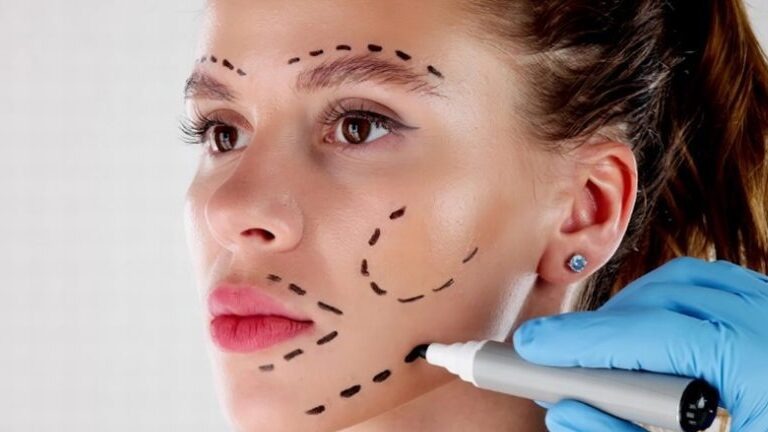You may also like...
While Everyone Chases AI, Bill Gates Is Buying Farmland — What Does He Know That We Don’t?

Bill Gates’ purchase of 25,000 acres of U.S. farmland raises critical questions about future wealth, food security, and ...
International Men’s Day 2025 in Nigeria: Supporting Men and Boys for a Stronger Future

November 19, 2025, marks International Men’s Day. Celebrate men’s achievements, highlight health and well-being, and lea...
Nollywood 2025: The Top 5 Must-Watch Movies

Here are the top 5 Nollywood blockbusters of 2025 — Gingerrr, The Herd, Labake Olododo, Red Circle, and Suky — and why ...
Top 5 Nigerian Songs Defining 2025 (So Far)

Read about the 5 Nigerian songs dominating 2025 from Rema’s smooth vibes to Shallipopi’s street hits, the tracks everyon...
The Lost Scents of Africa

Across Africa, artisans and perfumers are reviving the continent’s ancient fragrance traditions, from frankincense and c...
Tech Tools Gen Z Cannot Live Without

Gen Z isn’t just using technology,they’re actively shaping its direction. For this generation, tech is more than enterta...
What Your Mobile Wallet Says About Your Personality

Your mobile wallet isn’t just for payments, it is a window into your habits, priorities and personality. Every tap and ...
The Age of Tweaks: Why Everyone Suddenly Wants to ‘Fix’ Something

A reflective exploration of the rise of subtle cosmetic “tweaks” and why more people today feel pressured to fix feature...